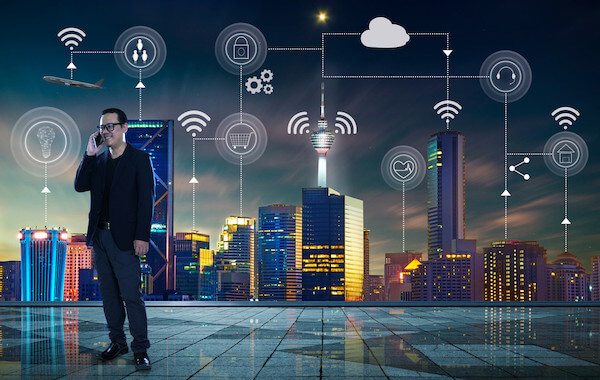Our world today is very dependent on technology, and we cannot afford to deal with Internet delays and interruptions. One of the most attractive aspects of 5G mobile technology is its ability to eliminate these issues and provide an enhanced experience for all users. Let’s take a look at what we need to know about 5G towering services for this year 2021.
What is 5G?
5G stands for fifth-generation wireless broadband. This new version of the Internet is truly exciting: it is poised to eliminate latency and keep up with our increasingly digital-driven world. Its high-performance potential makes it a perfect match for both mobile and IoT technology. That means smart phones and other smart devices could soon be even faster and more reliable than ever before.
What are 5G towers and how do they work?
We probably don’t give much thought to how fiber optic operators secure Internet connections for customers. To provide 5G connections to high-density populations, high-quality services are required. Although 5G is technically a wireless Internet option, 5G towers (also known as masts or antennas placed on power poles) are responsible for transmitting data from a device to a larger network. Towering network services, through antennas on poles, provide key physical telecommunication points that augment wireless signals so that they can travel steadily over longer distances. As a result, they help improve data transmission and reception and strengthen overall connectivity coverage.
5G towers can be installed and maintained by a mobile network company or by a third-party towering company. In all cases, providing these services requires establishing a fixed connection to a robust and stable fiber optic network with the capacity to deliver high bandwidth. Fiber optic integrators need to create an infrastructure that can serve as the backbone of a towering network. These optical fibers are really what drive 5G capabilities. But this 5G technology itself uses different radio frequencies, along with fiber optics, to send information through waves to different towers, all connected to the same network.
Unlike other types of connections, 5G radio frequencies are targeted to specific areas, meaning that 5G is available only in areas that have these technologies installed. While the USDA invested about $85 million in 2015 to improve Internet connectivity in rural areas of the U.S., 5G accessibility is currently restricted to specific areas (often in larger cities). That said, the possibilities for such towers are truly endless and depend on more widespread access to high-level services.
Are 5G towers safe?
The concept of being able to count on 5G is very exciting and appealing to many, but there are some misconceptions about this technology. One of the most common myths is that 5G towers are somehow hazardous to public health. So far, there is no officially confirmed connection between radiofrequency waves emanating from cell phone towers and any health problems. Although the supposed danger of 5G is a popular belief of conspiracy theorists, these claims are unfounded and studies have found that these types of high frequency radio waves pose far less danger than other types of radiation we regularly use in medical procedures. In general, these experts agree that current data do not show that 5G radiation is harmful. In other words, we can enjoy your 5G connection safely and securely without fear.
How can more people take advantage of the benefits of 5G services?
The benefits of 5G include faster speeds, higher reliability, lower latency and better overall performance, especially for the smart devices we currently use every day. Although 5G is currently available to both business owners and individual consumers, that does not mean it is accessible to everyone on a national scale. Your ability to access 5G depends largely on your mobile service provider and that provider’s upgrade capabilities, and this technology is currently available in more than 60 countries. However, this is just the beginning and more towers still need to be installed so that everyone can access this better and faster Internet.
For more information about towering services through your carrier, contact us today.




